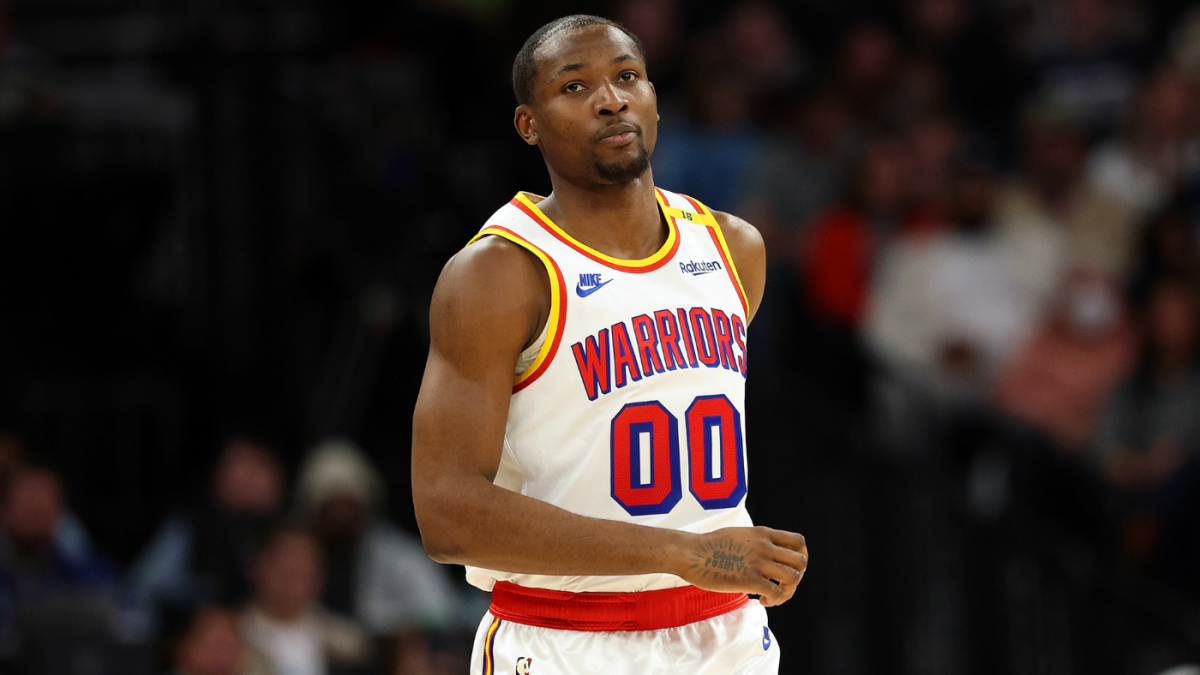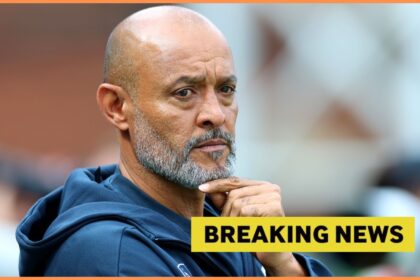The NBA offseason is currently in a quiet phase, but some teams are still actively managing their rosters. Most major summer moves happened about a month ago, yet there are still restricted free agents, available players, expansion possibilities, and trade opportunities. While some teams need to fill multiple roster spots, others have several contracted players and unused salary cap space. After the conference finals, attention turns to teams with coaching changes and how they’re adjusting.
1. New York Knicks: The Knicks have signed Gershon Yabsel and Jordan Clarkson, but only have contracts for 12 players so far. Mohamed Diawara, a second-round pick, might join New York on a two-way contract. Ben Simmons remains a possible addition if the team wants to diversify its offense with a faster pace under coach Mike Brown. The Knicks are close to their salary cap limit and need to work on contract extensions for Mikal Bridges and Mitchell Robinson, while still searching for a lead assistant coach.
2. Golden State Warriors: The Warriors have made no significant roster moves this summer, with only nine standard contract players signed. They’re linked to potential signings like Al Horford and De’anthony Melton and are waiting on a resolution with Jonathan Kuminga, who is seeking a longer, more lucrative contract than the team has offered. If the Warriors sign Horford, they face a hard cap situation, complicating further moves. Gary Payton II and Pat Spencer are also available on the market.
3. Boston Celtics: Boston’s roster is mostly set with 12 guaranteed contracts and several others non-guaranteed or Exhibit 10 deals, but their issue is being over the luxury tax by about $18 million. They might consider trading high-earning players like Anfernee Simons or Georges Niang to manage costs. Team president Brad Stevens has hinted that they won’t make cost-saving moves without getting valuable assets in return, which complicates things for a potential Ben Simmons acquisition.
4. Brooklyn Nets: Brooklyn absorbed contracts for Michael Porter Jr. and Terrance Mann, leaving them with remaining cap space contingent on Cam Thomas’s contract negotiations. Thomas is seeking more money than the Nets are willing to pay, and the team is managing a crowded roster, including players with non-guaranteed contracts. If Thomas stays, some players may be cut to make room, but the roster is already large.
5. Charlotte Hornets: The Hornets have a large roster with 18 players under contract, one of whom, Moussa Diabate, could become the starting center. They hold two second-round picks obtained from the Milwaukee Bucks and are thin at the center position besides veterans like Mason Plumlee and Ryan Calbrenner. Charlotte also has an abundance of ball-handling guards and plans to clear space before the season begins.
6. Utah Jazz: The Jazz currently have a full 15-player roster but may look to move veterans like Kevin Love and possibly Kyle Anderson to better suit their rebuilding efforts. They have a spacious trade exception and high salary expenses, ranking them among the league’s top spenders. The team’s moves will likely focus on managing cap space and asset accumulation for the future.
Fan Take: These developments highlight how even in the NBA’s quieter periods, teams are strategically shaping their futures, balancing salary cap constraints and talent acquisition. Fans should pay attention to these moves as they significantly impact team dynamics and league competitiveness heading into the new season.



